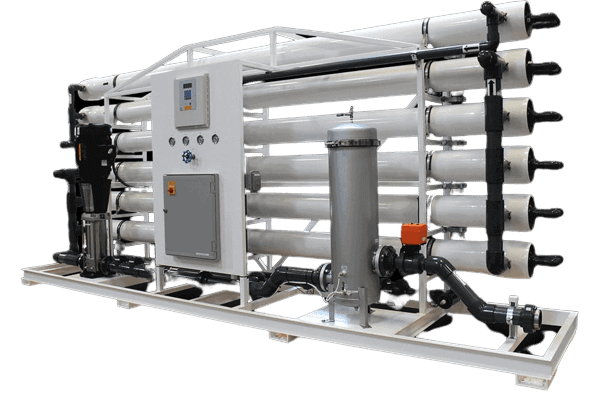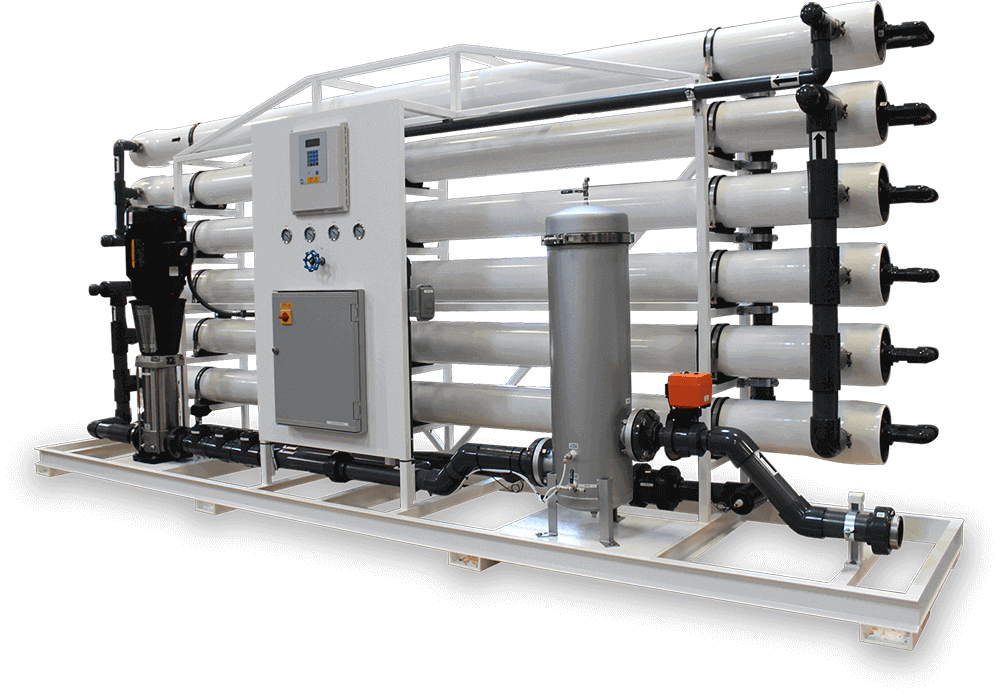Description
Brackish water aquarium
If you’re interested in setting up a brackish water aquarium, then you’re in the right place. In this article, we’ll cover everything you need to know about creating and maintaining a healthy and thriving brackish water aquarium. From the benefits of owning a brackish water aquarium to the equipment you’ll need, we’ll cover it all.
What is a Brackish Water Aquarium?
A brackish water aquarium is a type of aquarium that mimics the environment of estuaries or mangrove swamps. Brackish water is a mixture of freshwater and saltwater, with a salinity level that is higher than freshwater but lower than seawater. Brackish water aquariums are home to a wide variety of unique fish and plants that can’t be found in freshwater or saltwater aquariums.
Benefits of Owning a Brackish Water Aquarium
There are several benefits to owning a brackish water aquarium. One of the main benefits is the unique and interesting fish and plant species that can be kept in this type of aquarium. Brackish water aquariums are also relatively easy to maintain compared to saltwater aquariums, making them a great option for beginners. Additionally, brackish water aquariums can provide a unique aesthetic that can’t be replicated with other types of aquariums.
Setting Up a Brackish Water Aquarium
Setting up a brackish water aquarium is relatively straightforward, but it does require some specific equipment and knowledge. Here are the steps to follow when setting up a brackish water aquarium:
Step 1: Choose the Right Tank
When choosing a tank for your brackish water aquarium, it’s important to consider the size of the tank and the species of fish and plants you’ll be keeping. Brackish water aquariums should be larger than freshwater aquariums, with a minimum size of 30 gallons.
Step 2: Add Substrate and Decorations
Next, you’ll want to add substrate and decorations to your tank. Brackish water aquariums typically use sand or gravel as substrate, and mangrove roots or driftwood as decorations. These decorations help create a natural environment for your fish and plants.
Step 3: Add Water and Salt
After adding substrate and decorations, you’ll need to add water and salt to your tank. The salinity level of brackish water aquariums should be between 1.005 and 1.020 specific gravity. This can be achieved by adding marine salt mix to your freshwater.
Step 4: Cycle the Tank
Before adding any fish or plants to your aquarium, you’ll need to cycle the tank. This process involves establishing a beneficial bacteria colony in your tank, which will help break down waste and keep the water clean. To cycle your tank, you’ll need to add a source of ammonia to the water and allow it to break down naturally over several weeks.
Step 5: Add Fish and Plants
Once your tank is cycled, you can start adding fish and plants to your aquarium. Some popular fish species for brackish water aquariums include Archerfish, Gobies, and Mollies. When choosing plants for your brackish water aquarium, look for species that can tolerate the higher salinity levels, such as Java Fern or Anubias.
Maintaining a Brackish Water Aquarium
Maintaining a brackish water aquarium is relatively easy, but it does require some regular upkeep. Here are some tips for keeping your brackish water aquarium healthy:
Tip 1: Monitor Water Parameters
It’s important to monitor the water parameters in your brackish water aquarium regularly to ensure that the salinity level and other levels, such as pH, ammonia, nitrite, and nitrate, are within the appropriate range for your fish and plants. You can use a test kit to measure these parameters.
Tip 2: Perform Regular Water Changes
Performing regular water changes is another important aspect of maintaining a healthy brackish water aquarium. Aim to change 10-15% of the water in your tank each week, using a gravel vacuum to remove any debris from the substrate.
Tip 3: Feed Your Fish a Balanced Diet
Feeding your fish a balanced diet is crucial for their health and wellbeing. Be sure to feed them a variety of foods, including flakes, pellets, frozen foods, and live foods. Avoid overfeeding, as this can lead to water quality issues.
Tip 4: Keep an Eye on Your Fish and Plants
Observing your fish and plants regularly is important for catching any issues early on. Look for signs of stress or disease, such as lethargy, loss of appetite, or abnormal swimming behavior. If you notice any issues, take action immediately.
Tip 5: Clean Your Equipment Regularly
Keeping your equipment clean is important for maintaining a healthy brackish water aquarium. Be sure to clean your filter, heater, and other equipment regularly, following the manufacturer’s instructions.
Conclusion
In conclusion, setting up and maintaining a brackish water aquarium is a rewarding experience that can provide a unique and interesting addition to your home. By following the steps outlined in this article and practicing good maintenance habits, you can create a healthy and thriving brackish water aquarium for your fish and plants to call home.
FAQs
- What is the difference between a freshwater and brackish water aquarium?
- Freshwater aquariums have no salt content, while brackish water aquariums have a salinity level between freshwater and saltwater.
- Can I keep saltwater fish in a brackish water aquarium?
- No, saltwater fish require a higher salinity level than what is found in a brackish water aquarium.
- What is the best filter for a brackish water aquarium?
- A canister filter is a good choice for a brackish water aquarium, as it provides efficient mechanical and biological filtration.
- Can I keep live plants in a brackish water aquarium?
- Yes, there are several plant species that can tolerate the higher salinity levels of a brackish water aquarium, such as Java Fern and Anubias.
- How often should I perform water changes in my brackish water aquarium?
- Aim to change 10-15% of the water in your tank each week.
- Can I keep brackish water fish with freshwater fish?
- It’s not recommended to keep brackish water fish with freshwater fish, as they have different requirements for water parameters and can’t tolerate each other’s environments.
- How do I lower the salinity level in my brackish water aquarium?
- You can lower the salinity level by performing a partial water change with freshwater or by using a reverse osmosis system to remove some of the salt from the water.
- Can I use tap water in my brackish water aquarium?
- It’s not recommended to use tap water in a brackish water aquarium, as it often contains chlorine and other chemicals that can harm your fish and plants. Use distilled or reverse osmosis water instead.
- What is the ideal temperature range for a brackish water aquarium?
- The ideal temperature range for a brackish water aquarium is between 75-80 degrees Fahrenheit.
- Can I keep crabs and other invertebrates in my brackish water aquarium?
- Yes, there are several species of crabs and invertebrates that can be kept in a brackish water aquarium, such as fiddler crabs and red claw crabs.








Aqua Filter –
Aquaafilter is the best water filter company around. Their team is knowledgeable, friendly, and always willing to provide exceptional service.